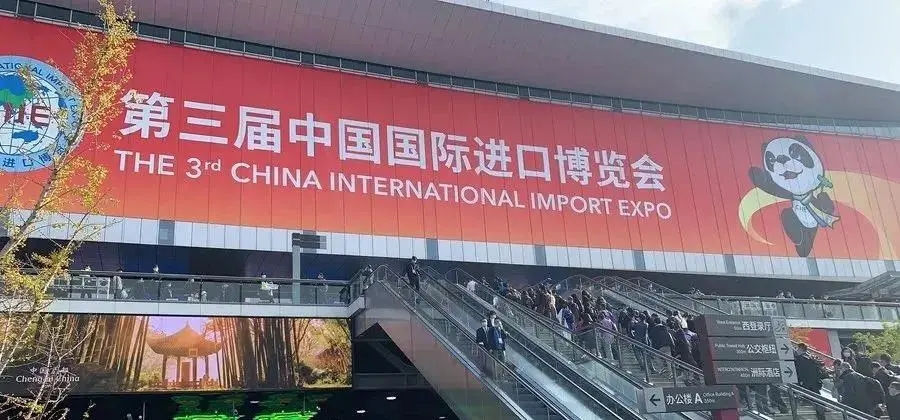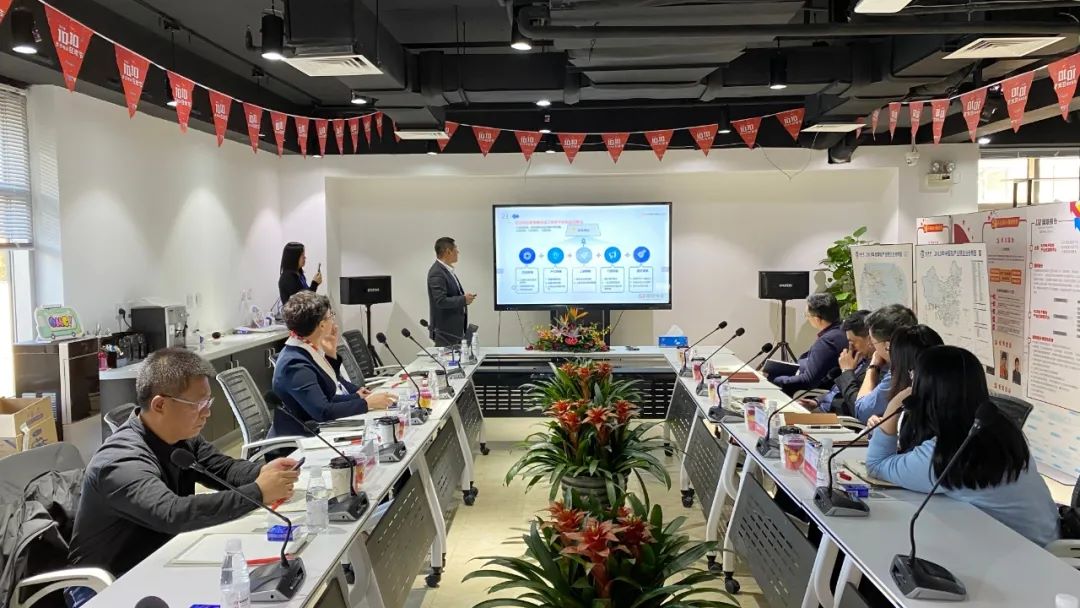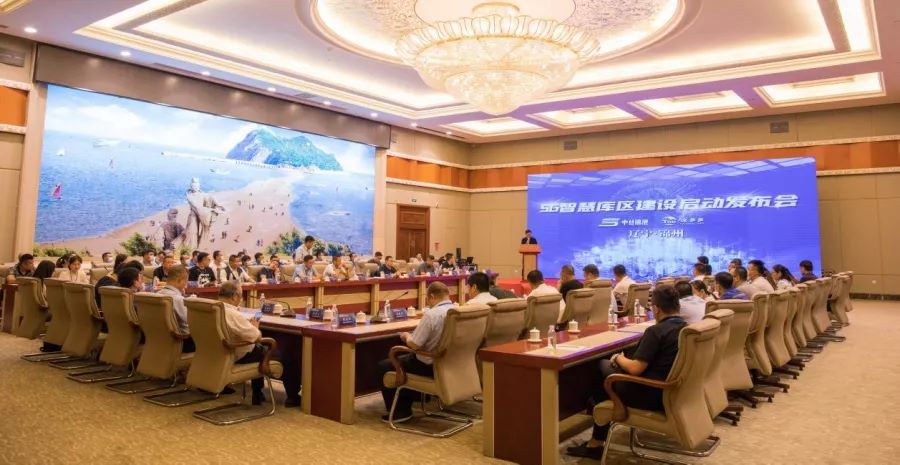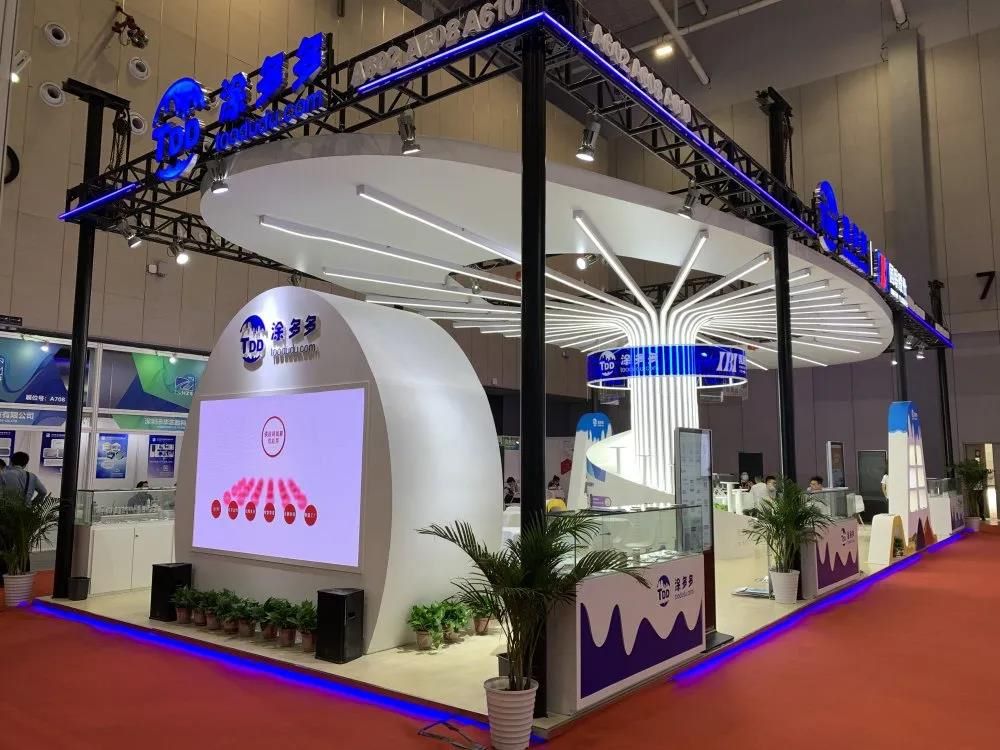Exploring the future of transportation: airless tires
In the 1950s, Michelin invented the radial tire, which was the first major breakthrough in tire innovation. The tire became lighter, had a longer service life, was more fuel-efficient, and had better handling performance. However, in the decades since then, there have been no major breakthroughs in tire-related technology.

Although run-flat tires were once considered the protagonist of the next tire revolution, they were criticized for their lower service life and higher maintenance costs. Moreover, run-flat tires did not achieve the effect of weight reduction, but instead had the opposite effect. (In the 1990s, Goodyear engineers first launched run-flat tires, and then Michelin, Pirelli, Bridgestone, Continental, Sumitomo Rubber, etc. launched run-flat tires, and run-flat tires entered the "hundred flowers blooming" era) Are airless tires the future? In fact, airless tires have become the focus of attention of automakers and tire manufacturers. At the 2017 Tokyo Motor Show, Toyota showcased its hydrogen-powered concept car Fine-Comfort Ride, and used airless tires for the first time.
The airless tires used in the Fine-Comfort Ride concept car were developed by Sumitomo Rubber of Japan, but at present, the weight of airless tires is comparable to that of ordinary tires. However, Toyota's chief engineer estimates that by 2025, with the development of rubber technology, the weight of each airless tire will be reduced by about 30%. Toyota has planned to launch airless tires in the commercial market in 2020, which can significantly reduce the weight of the entire vehicle. Michelin was the first to propose the concept of airless tires. In 2005, Michelin published the "Tweel" tire research and development plan. Although this plan is likely to eliminate the radial tires invented by Michelin in the future, Michelin does not want to stop on the road of innovation. Following Michelin's footsteps, Bridgestone, Continental, Dunlop, Hankook, etc. have successively launched their own airless tires.
However, although airless tires can achieve the goal of weight reduction, the problem of rolling resistance is a headache for all tire manufacturers. Airless tires are 10-20% worse than ordinary pneumatic tires in terms of rolling resistance, and there is still a need for breakthroughs in the future of airless tires. However, with airless tires, spare tires can be removed, which can also reduce the weight of the entire vehicle.
On June 4, 2019, at the third Michelin Pioneering Summit (Movin’On Summit for sustainable mobility) in Montreal, Canada, well-known automaker General Motors and tire company Michelin jointly announced the Uptis airless tire prototype, which is planned to be tested on Chevrolet Bolt electric vehicles by the end of this year and officially commercialized on passenger cars before 2024.
As we all know, ordinary tires rely on internal compressed air to support the weight of the car and help cushion bumps on the road. The Michelin Uptis (full name Unique Puncture-proof Tire System) prototype tire looks like an ordinary tire at first glance, but it actually uses a very complex composite structure. Uptis uses a new composite material structure to form a compression fin. Although the outer tread looks like an ordinary wheel, the internal structure can be seen directly from the side.
As shown in the figure, the tire is made of a mixture of composite rubber and resin-filled glass fiber. It is a hollow solid design rather than a closed inflatable form.
Michelin emphasized that although it does not look beautiful at first glance, the driving comfort is consistent with traditional tires. Both parties said that the Uptis-shaped non-inflatable solid tire has huge advantages in terms of economic effect and safety. Blowouts, nail punctures, and irregular wear will become a thing of the past. As a result, future cars will no longer need to carry a full-size spare tire, thereby further reducing weight, improving fuel economy, and reducing the harm to the environment caused by the production of traditional tires.
At present, many tire companies are also trying to use new materials to improve performance and reduce weight. Graphene is one of them.
Graphene is known as the thinnest, lightest, strongest, and toughest material discovered in the world so far. It is an excellent conductive and thermal conductive material. It also has the characteristics of flexibility, transparency, and stability. Therefore, it is known as the king of new materials. Therefore, in order to further improve tire performance, many Chinese tire companies hope to apply graphene to the tire manufacturing industry. After adding graphene formula, the outer tire has stronger wear resistance. It also means that the protection of the inner tube is stronger, which can reduce the chance of tire blowout. When cornering, braking, and exerting force, the tire rubber will become softer to enhance grip.
However, the graphene industry has environmental and safety issues, as well as low production, high technical requirements, and high costs, which will limit the application of this material in tires. On August 3, 2016, Sentury and Huagao Graphene officially signed a contract at Qingdao Sentury Tire Co., Ltd. to develop and produce graphene static conductive tires.
Whoever can bring the second breakthrough in the tire industry after Michelin radial tires will have the potential to become the new tire industry overlord in the future. The tire industry, which has not had major breakthroughs for decades, urgently needs companies to stand up and call for action.
- Chinese tire companies are expanding production969
- Sailun’s performance is outstanding: revenue exceeds 30 billion and profits increase significantly!986
- Global tire companies' competitiveness ranking for 2025 released958
- Linglong Tire, creating a legendary production capacity empire965
- Foreign-invested Chinese factories are expanding their production capacity1017









